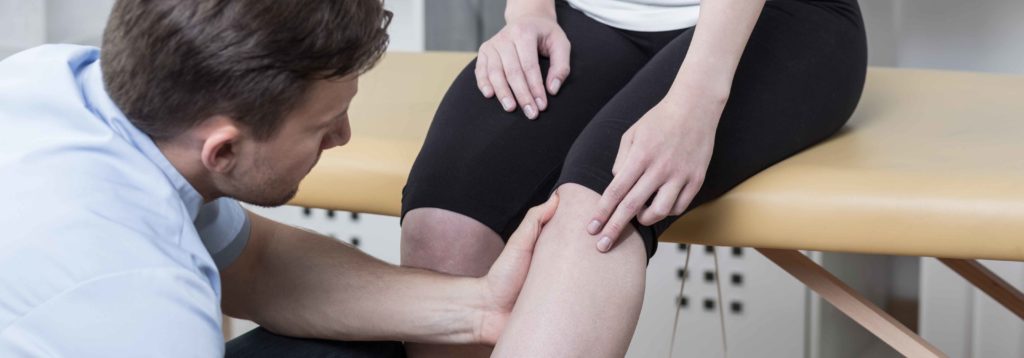Article
Does your lower extremity hurt?, Injury Prevention
Patellar Femoral Pain Syndrome, otherwise known as PFPS, is common in adolescent athletes especially those who participate in sports year-round. This diagnosis presents itself with generic soreness in and around the front of the knee and/or kneecap. Since most athletes in their teens have growth spurts, their bones grow faster than their muscles. This causes an imbalance with the forces around the knee causing abnormal motion of the kneecap. Typically, this will cause pain with prolonged standing, negotiating stairs and athletic activity in general.
Physical therapy is one of the few avenues available to reduce the pain and accelerate a return to sports with full function. The typical plan of care is as follows:
- REDUCE SWELLING: Modalities, such as ice, heat or electric stim can help
- INCREASE FLEXIBILITY: Chances are good that the ligaments surrounding the knee (IT Band, lateral retinaculum) haven’t kept up with the bone growth and are therefore very tight. As a result, the patella moves laterally (to the outside) when running or walking, creating extra friction, and often pain. Stretching the tight ligaments allows the knee cap to return to its normal tracking pattern and will reduce pain.
- STRENGTHEN WEAK MUSCLES: As the therapist works to stretch tight ligaments, the patient must also strengthen key muscle groups, such as quadriceps, hamstrings, gluteus medius, gluteus maximus. These muscles help to stabilize the joint which provide increased endurance with sport-related activities and also help to keep the patella moving smoothly.
- ADD PLYOMETRICS: As pain and swelling is alleviated, it is time to introduce a plyometric program, such as agility or sport-specific training. This is the final step with therapy to help the athlete ease their transition back to his/her sport. This last step challenges the athlete with higher functional tasks in order to simulate game or field conditions. Quick steps, lateral jumps, and ladder drills are just a few of the techniques that a therapist may use to help move a young adult toward reentry to their sport or activity.
Don’t wait and deal with pain! Come in and see a physical therapist today.

